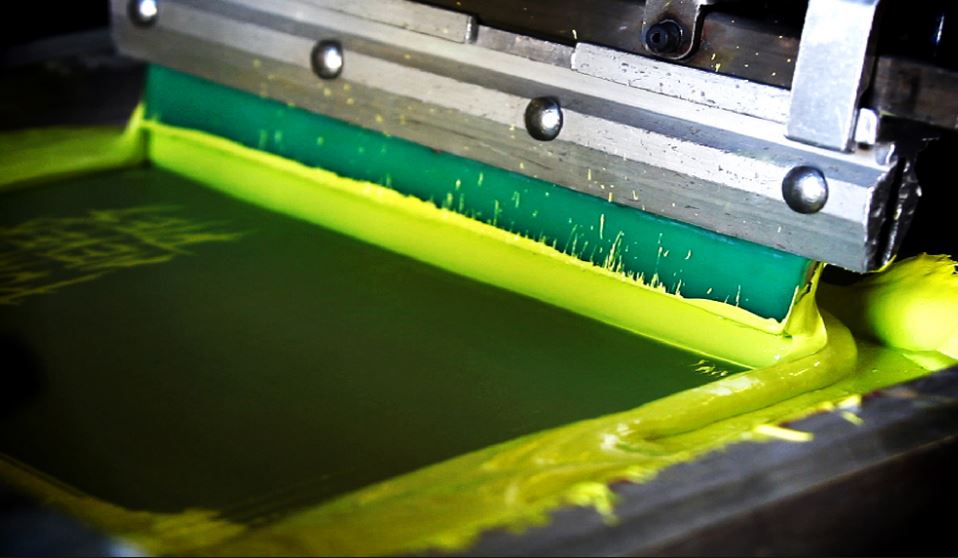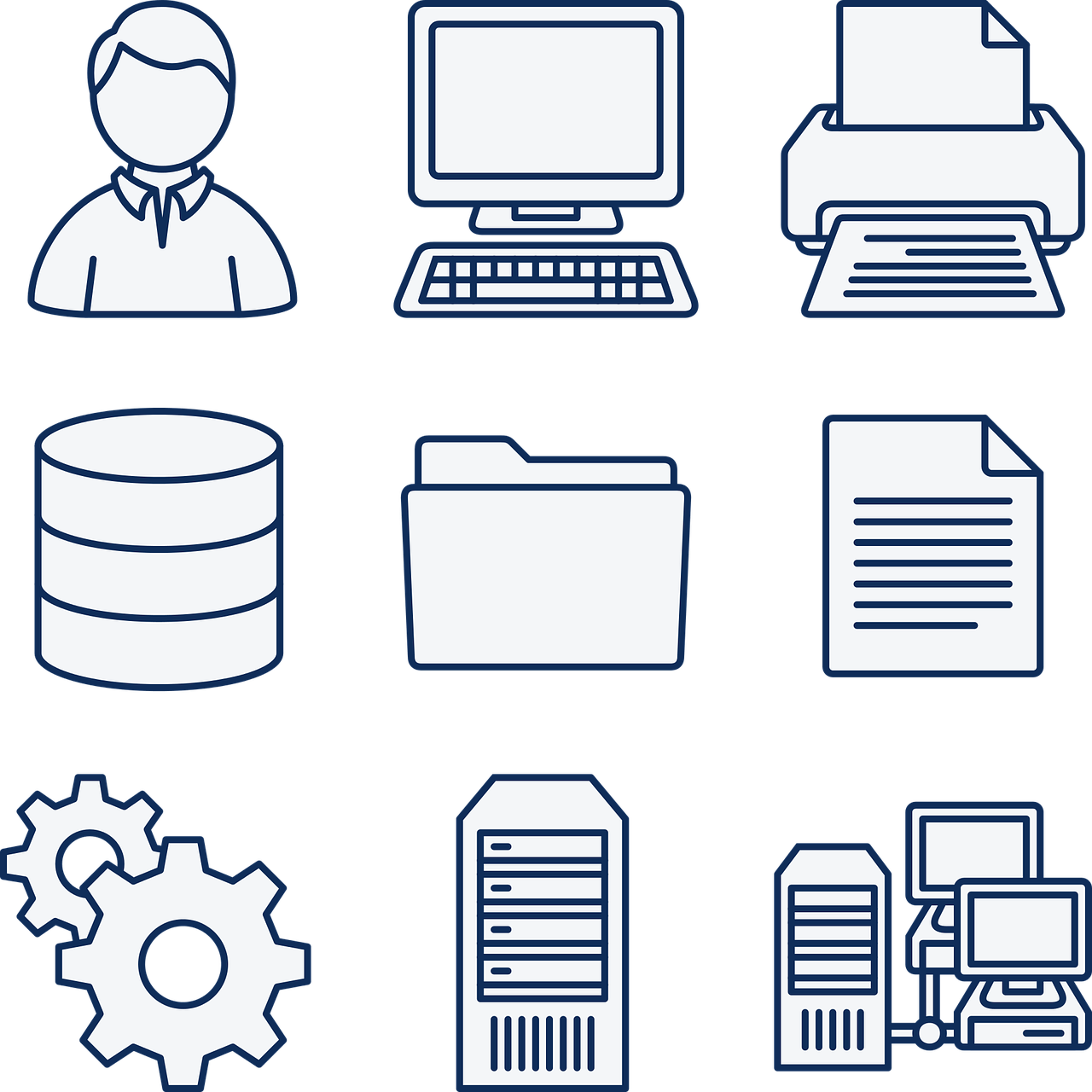7 Common Small Business Mistakes Made by Decorated Apparel Shops
With any business, there are ways to streamline processes and make sure everything goes according to plan. Some approaches undermine the integrity and efficiency of the business. An easy way to stay on track is to avoid these common small business mistakes made by decorated apparel shops.
When it comes to the operation of a decorated apparel shop, the owner seeks to minimize or eliminate issues that could prevent the company from being all that it can be. That requires awareness of the more critical failures that could be eroding the business and might even lead to an eventual collapse. Here are 7 small business mistakes to avoid, that you must identify and correct if your decorated apparel business is to thrive.
1. Saying “Yes” Before Knowing The Job Can Be Done As Promised
One of the most common small business mistakes made is not setting expectations. There’s nothing new about salespeople making promises and leaving the details to those who have to come up with the solution. Unfortunately, it only takes one time of saying “yes” to a customer and not being able to deliver, to destroy your reputation. It’s not just about failing one customer. It’s also about getting a bad reputation, which is all too easy in the world of social media.
The right software lets salespeople know exactly what can and cannot be done, in real-time. Using shop management software makes the lead time clear and keeps track of the resources on hand to manage the project. This efficiency keeps the sales team from making hasty promises and ensures that the customer’s expectations are met or even exceeded.
2. Poor Inventory Control
Some customers supply the apparel they need to be customized while others will want to know what the shop has on hand that meets their needs. Either way, the business owner must be able to provide accurate numbers without delay. Imagine how embarrassing it would be to tell a customer there are 5,000 shirts in stock that are ideal for the job and then have to go back and admit there are only 3,000 on hand.
One of the benefits offered by software packages like OnSite is the ability to check inventory levels on a real-time basis. This means that inventory already dedicated to other pending projects becomes unavailable to new projects. In terms of inventory control and customer relationship management, this improves efficiency, reduces employee stress levels, and shows clients that you run an efficient shop.
3. Unable to Access Data in Real-Time
You’ve got the procedures for accepting orders and verifying inventory levels running smoothly. What about monitoring the actual production process? How easy is it to have up-to-the-minute information on the status of an order? If a customer wants to know if the order is still on track to be shipped on the promised date, the right software can confirm how many units are completed, how many remain to be done, and if the rest of the job will be completed by the promised date.
4. Disregarding the Client’s Preferred Shipping Method
Customers usually have good reason to select one shipping method over another. Perhaps a certain courier offers poor service in their area. Maybe cost is a factor. Whatever the reason, it’s up to the business owner to honor the customer’s request. Using software that ensures the preferred shipping option will avoid another pitfall that could prompt the customer to use a different shop next time.
5. Failing to Periodically Evaluate the Company Structure
The policies, procedures, and processes of any business must be open to evaluation from time to time. Many business owners choose to take a fresh look at the way things are done at least every couple of years. If the owner of an apparel shop is not stepping back and objectively looking at everything from the quality of the ink to the efficiency of the equipment and the way different products are produced, opportunities for improvement are probably being missed.
One of the best ways to evaluate any business model is to rely on facts such as data about orders, shipments, production times, and expenses. Using integrated software programs to organize and relate that data could indicate ways to reduce waste and improve the overall function of the company.
6. Failing to Balance Quality and Cost
More than one decorated apparel shop has lost customers and gone out of business because the quality was sacrificed in order to increase net profits. For example, purchasing a bulk order of tee shirts that are thinner and made using inferior material may save a bundle on the front end, but what happens when clients begin to reject orders and start doing business with competitors? Poor quality is a common small business mistake that does not go unnoticed and will result in fewer customers, a negative reputation, and eventually the end of the company.
7. Not Understanding the Right Consumer Market to Target
While orders from any sector of the consumer market are welcomed, most shops do focus on attracting certain types of clients. Software that makes it easier to determine what percentage of orders are coming from specific types of clients makes it easier to concentrate on those markets. With a reputation already established, making use of that data improves the odds of growing the business. Operating without knowing who is buying is one of the most common small business mistakes that greatly increases the probability of failure.
These are only a few of the common small business mistakes that owners of decorated apparel shops can commit and shoot themselves in the foot, preventing their shops from growing. In each case, the right software can help to integrate the data, point out inefficiencies, and help the owner improve the chances for success. Solutions like OnSite are designed to make it easier to monitor the business.









